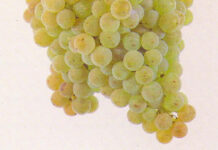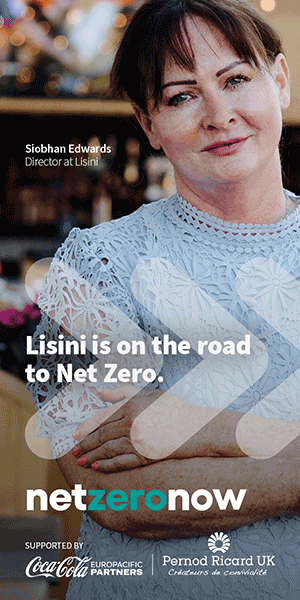Customers are increasingly looking to experiment with less well-known varieties
WINE continues to be a must-stock product for Scotland’s bars, pubs and restaurants, with sales of more than £350 million between summer of 2022 and summer this year, according to CGA.
With that in mind, we asked SLTN’s wine columnist, Luke Richardson, to highlight some of the wines he reckons will be ‘must-stock’ products in 2024.

Hello again all!
This month, we’re looking at the wines that are upcoming trends for 2024 – always a tricky business!
I would say that there are several ongoing trends that will continue into 2024 but one I believe will come out on top, and that is for wines made from indigenous grape varieties such as Grillo from Sicily and Southern Italy, Godello from Spain, Assyrtiko and Malagousia from Greece, Blaufrankisch from Austria and even Saperavi from Georgia.
People seem to want to taste products from a specific area, and off the back of the movement for lower intervention wines and more organically produced products, I think it is reasonable to deduct that the interested wine drinker will search out more of these slightly less mainstream varieties.
The last decade or so has shown us that the demographic that is spending on wine is getting younger, and that younger audience is more adventurous than its peers. Sure, there will always be a market for the classics – your Crozes Hermitage, Chablis and Sancerre and the like- but I feel that the influence of the supermarkets has tarnished some of these wines that used to be so dependable by bringing the product to market too early, and always looking to pinch pennies at source.
This invariably makes producers have to cut corners and, in the end, it is the quality that suffers.
Similarly, whilst we still battle with the ongoing cost of living crisis, people are less willing to shell out in the on-trade for wines that have historically been ‘go-to’ choices.
The great thing about these up-coming indigenous wines, for the most part, is that they still offer good value for money in respect to the quality that they offer. There is most often a sense of pride in products that originate in a particular region and the grape varieties themselves are naturally suited to growing there.
Grillo is unashamedly one of my favourites of these varieties. Originally from Italy, it is a white wine grape now mostly grown on Sicily.
Originally one of the base grapes for Marsala, it is often used in blends as well. As a varietal wine, it often has floral and mineral notes and some riper fruit on the front. Styles vary wildly, but most are textured and very pleasing to drink on their own or great partners to seafood and younger cheese. Expect to pay £8+.
Godello originates from north west Spain and is mostly grown in Galicia. It produces white wines with textured stone and orchard fruits are often backed up by grapefruit-like acidity – almost like an Albariño crossed with a Viognier in style. They finish fresh and crisp, but have nice soft fruit on the palate. Expect to pay £7.50+.
Assyrtiko has been the premium white grape of Greece for many years, but is a little pricier to produce (prices starting around £10+). It is indigenous to the island of Santorini and produces incredible wines – straw coloured, quite austere and not too dissimilar to Chablis.
Malagousia was rediscovered in Nafpaktia on mainland Greece in the 1970s and produces highly aromatic, floral white wines often tasting of melon, apricot or peach. It is like a higher acidity version of Viognier in many ways. Expect to pay £9+.
Blaufrankisch is indigenous to Austria, and produces light to medium bodied red wines that are similar to Pinot Noir, but with more fleshy fruit up front. The quality level is high across the board as with most Austrian wines, and it is known as Kekfrankos in neighbouring Hungary. Expect to pay £8.50+.
Saperavi is indigenous to Georgia but grown widely across the Caucasus. It produces rich red wines with bramble and plum flavours and often a touch of spice in the finish. It is from the Teinturier grape family, with dark skins, high acidity and red flesh. Expect to pay £8+.
There are many more out there for sure, and I would encourage you all to talk to your local wine reps about how they may help you to bring them into your business.
Until next time, happy hunting!

• Luke Richardson is a sommelier who has worked in a range of venues across the UK in a career spanning more than 20 years.



















